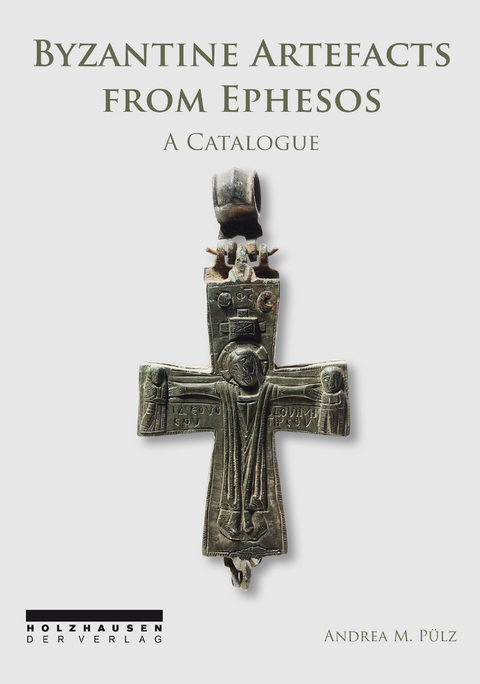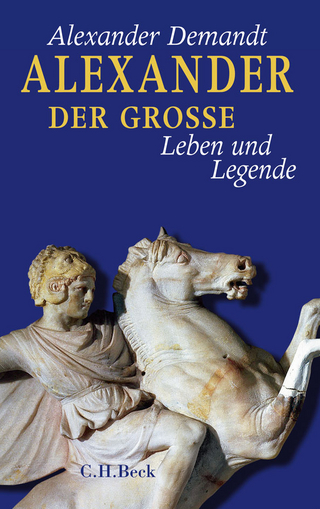
Byzantine Artefacts from Ephesos
A Catalogue
Seiten
2017
Holzhausen Verlag
978-3-903207-02-8 (ISBN)
Holzhausen Verlag
978-3-903207-02-8 (ISBN)
An overview of the urban history reveals that Ephesos successively recovered after the earthquake destructions of the 3rd and 4th centuries and developed again into a vibrant metropolis of Asia Minor after the end of the 4th century. Urban life thereby was increasingly concentrated in the former lower city of imperial times, within which numerous prestigious domestic residences grew up after the late 4th and into the 5th century in the region of the Harbour Gymnasium and the Halls of Verulanus, the so-called Byzantine Palace (= Bishop's Palace) and the Church of St. Mary (= Bishop's Church). Furthermore, more than 15 church buildings should also be mentioned which, distributed throughout the ancient civic region, were erected in the Early Byzantine period. In addition, the international importance of Ephesos as a centre of pilgrimage should be noted; this promoted the economic advancement of the city. At the end of the 6th/beginning of the 7th century, a new city wall circuit was eventually laid out, which however no longer surrounded the entire civic area but instead only the buildings in the lower city (Bishop's Church and Palace, domestic structures along the Arcadiane, Theatre, Stadium). The buildings which now lay outside the city walls, such as those along the Curetes Street, at the Upper Agora or also the Terrace Houses, were often converted into workshops (workshops for potteries, for non-ferrous metals or for stonemasons as well as flour mills), lending a sort of suburban character to the respective urban areas.After the 7th/8th centuries, there was apparently no homogeneous urban framework in Ephesos anymore; instead, a village-like settlement structure was rather the case, one which extended over the former urban area. Settlement phases dating to the 7th-9th centuries are, for example, attested in the Vedius Gymnasium, which at this time was used for simple residential purposes. Medieval building phases are, however, also found in the region of the Early Byzantine residences which lay on top of the Halls of Verulanus, namely the Late Antique-Medieval City Quarter south of the Church of St. Mary, as well as within the so-called Byzantine Palace. In addition, here a lime kiln dating to the 10th century and a small burial ground against the southern nave wall of the Palace Chapel could have been identified, which was in use from the Early Byzantine period until the 14th century. Equally, a continuous usage up until the Late Byzantine period is documented for the graves in and around the Church of St. Mary; these in part contained valuable grave goods such as earrings and finger rings of non-ferrous and precious metals, glass bracelets, and crosses.
| Erscheinungsdatum | 13.09.2017 |
|---|---|
| Verlagsort | Wien |
| Sprache | englisch |
| Maße | 180 x 240 mm |
| Gewicht | 220 g |
| Themenwelt | Sachbuch/Ratgeber ► Geschichte / Politik ► Vor- und Frühgeschichte / Antike |
| Schulbuch / Wörterbuch ► Lexikon / Chroniken | |
| Geisteswissenschaften ► Archäologie | |
| Sozialwissenschaften ► Kommunikation / Medien ► Buchhandel / Bibliothekswesen | |
| Schlagworte | Byzantine Artefacts • Ephesos • Kleinfunde • Kreuz • LADSTÄTTER • Pülz |
| ISBN-10 | 3-903207-02-0 / 3903207020 |
| ISBN-13 | 978-3-903207-02-8 / 9783903207028 |
| Zustand | Neuware |
| Haben Sie eine Frage zum Produkt? |
Mehr entdecken
aus dem Bereich
aus dem Bereich


